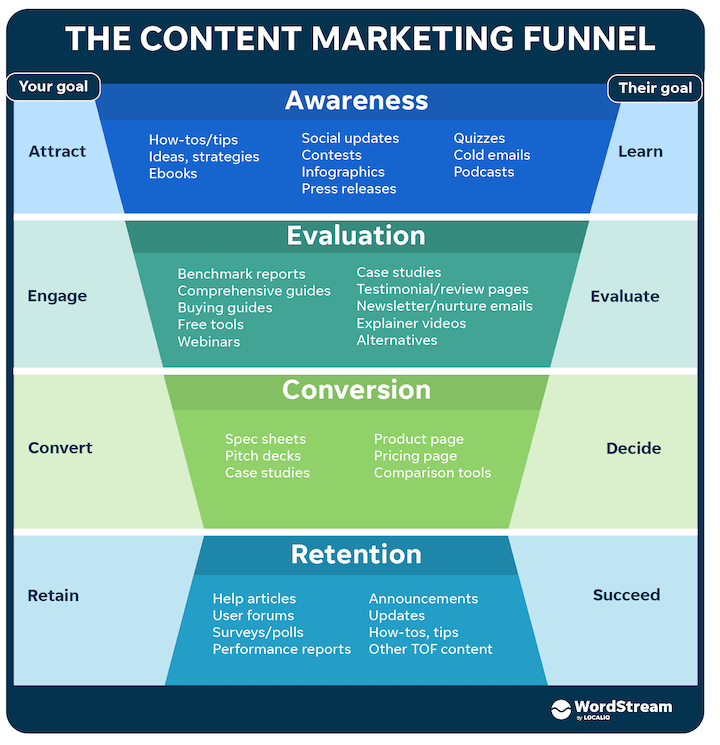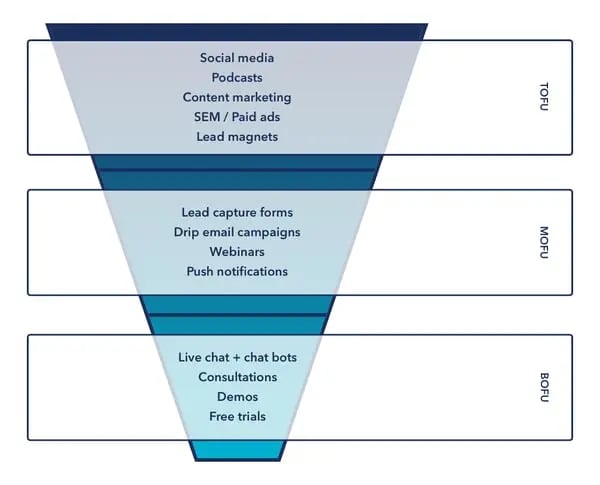Hey there! In this guide on video marketing, you’ll learn everything you need to know to dive into this exciting field. We’ll cover goal setting within the marketing funnel and how to define your audience using personas. You’ll also find valuable insights on content planning with marketing calendars and discover the three essential tools you’ll need for successful video marketing. We’ll explore different types of videos such as ads, explainer videos, testimonials, and news-style videos, and delve into the steps involved in creating a compelling video – from storyboarding to scripting. Plus, we’ll talk about distribution options and how to measure success with analytics and A/B testing. It’s a comprehensive guide that will equip you with all the knowledge you need to ace video marketing. So, grab your notepad and let’s get started!
Hey everyone! Welcome to our all-encompassing guide on video marketing. We’ve carefully crafted this tutorial to provide you with a complete understanding of video marketing, from setting goals to measuring success. With the help of video makers like Biteable, making marketing videos has become easier than ever before. In this guide, we’ll explain the different stages of the marketing funnel and how video can be used effectively at each stage. We’ll also delve into the importance of defining your audience using personas and share tips on planning your video content using marketing calendars. And that’s just the beginning! We’ll cover everything from the essential tools you need to create high-quality videos to the various types of videos you can make, including ads, explainer videos, testimonials, and news-style videos. So get ready to become a video marketing pro!
Step 1: Set Goals for Video Marketing
When it comes to video marketing, it’s essential to set clear goals that align with your company’s objectives. By identifying specific lead generation goals, you can tailor your video content to meet those objectives effectively. To ensure success, it’s important to establish measurable metrics that will allow you to track your progress. These metrics could include the number of video views, click-through rates, or conversion rates.
Step 2: Understand the Effectiveness of Video Ads
Video ads have proven to be highly effective compared to static image ads. They have the ability to capture viewers’ attention and deliver a message in a more engaging and memorable way. Statistics have shown that video ads tend to have higher view rates, click-through rates, and conversion rates. Additionally, video ads are often more cost-effective, especially with the decreasing cost of video production in recent years. This makes them a valuable tool for businesses looking to maximize their marketing efforts.

This image is property of i.ytimg.com.
Step 3: Utilize Video Content Across the Marketing Funnel
Video content can be utilized at every stage of the marketing funnel. At the awareness stage, short and informative videos can help introduce your brand and value proposition to potential customers. In the consideration stage, video content that showcases your expertise and provides valuable information can help build trust and credibility. Finally, in the conversion stage, videos that directly promote your products or services can be highly effective in driving sales. By strategically using video content at each stage, you can guide your audience through the buyer’s journey.
Step 4: Define Your Target Audience
Understanding who your target audience is and creating audience personas is crucial in video marketing. Personas help you tailor your video content to resonate with your ideal customers. By identifying your audience’s demographics, interests, preferences, and pain points, you can create videos that address their specific needs and motivations. It’s important to conduct thorough audience research and gather data to ensure that your video content will effectively reach and engage your target audience.

This image is property of www.wordstream.com.
Step 5: Plan Video Content Using Marketing Calendars
Effective planning is key to successful video marketing. By utilizing marketing calendars, you can organize and schedule your video content, ensuring consistent and timely delivery. A marketing calendar can help you plan ahead, brainstorm ideas, and allocate resources effectively. It can also help you avoid last-minute production stress by providing a clear roadmap for your video content creation and distribution.
Step 6: Utilize Essential Tools for Video Marketing
To create high-quality videos, it’s important to have the necessary tools at your disposal. A video maker is essential for creating and editing videos easily and efficiently. Look for a video maker that is user-friendly and offers a wide range of templates, clips, music, and animations. A scheduler is also important for planning and automating the distribution of your videos across different platforms. Finally, an analytics dashboard will allow you to track the performance of your videos and make data-driven decisions to optimize your video marketing strategy. There are various tools available in each category, so make sure to choose the ones that best fit your needs.

This image is property of blog.hubspot.com.
Step 7: Explore Different Types of Videos to Generate Leads
There are various types of videos that you can utilize to generate leads. Ads are straightforward promotional videos that focus on driving awareness and conversions. Explainer videos are great for showcasing your expertise and educating your audience about your products or services. Testimonials can provide social proof and build trust with potential customers. News-style videos can cover industry updates or share valuable information. By understanding the different types of videos and their purposes, you can choose the ones that will be most effective in achieving your lead generation goals.
Step 8: Conduct Keyword Research for Video Content
Keyword research is an important step in video marketing as it helps you understand what content your audience is searching for. By conducting keyword research, you can identify the most relevant and popular keywords in your niche and optimize your video content accordingly. Tools like Google Console can provide insights into the keyword combinations used by your audience. By incorporating these keywords into your video titles, descriptions, and tags, you can increase the visibility of your videos and attract more viewers.

This image is property of www.markettailor.io.
Step 9: Create Compelling Video Content through Storyboarding and Scripting
Storyboarding and scripting are essential steps in creating compelling video content. Storyboarding allows you to plan the visual elements and flow of your video, ensuring that it effectively communicates your message. It’s important to outline the key scenes, transitions, and visuals in your video to create a cohesive storyline. Scripting, on the other hand, involves writing the actual dialogue and narration for your video. It’s important to keep your script concise, engaging, and tailored to your target audience. By focusing on creating a compelling storyline and script, you can capture the attention and interest of your viewers.
Conclusion
Video marketing is a powerful tool for lead generation that can help businesses achieve their marketing objectives effectively. By setting clear goals, understanding the effectiveness of video ads, utilizing video content across the marketing funnel, defining your target audience, planning your video content, utilizing essential tools, exploring different types of videos, conducting keyword research, and creating compelling video content through storyboarding and scripting, you can maximize the impact of your video marketing efforts. Remember to track your success through analytics, A/B testing, and other measurement techniques. If you want to learn more and create your own videos, check out resources like Biteable, which offers detailed guides and video creation tools. So what are you waiting for? Start harnessing the power of video marketing to generate leads and drive success for your business!
In this comprehensive guide, you will learn everything you need to know about using video marketing for lead generation. From defining your audience to creating and distributing content, we’ve got you covered. For even more in-depth information, check out the link here: Video Marketing Guide.
Within this guide, we will explore various topics, including goal setting within the marketing funnel, defining your audience using personas, content planning with marketing calendars, the essential tools for all marketers (spoiler: there are only three, but they are crucial), the different types of videos and their purposes, creating videos through storyboarding, scripting, and editing, distribution options, promotional channels, paid versus organic reach, and how to measure success. It may seem like a lot, but we will share our extensive video knowledge with you, so be sure to have a notepad and pencil handy.
Now, you may be wondering why you should bother with video marketing. Well, two significant video trends have emerged in the past decade. Firstly, there is a growing demand for video, as platforms like Youtube report users viewing over 1 billion hours of video daily. Secondly, the cost of video production has decreased, thanks to video makers like Biteable.
Simply put, video works. We have already known that video ads outperform static image ads in every aspect, but we want to understand just how much better and why. In a recent marketing experiment we conducted, we found that video ads greatly increased reach, clicks, and overall cost-effectiveness per lead. For more details on this experiment, read here: Marketing Experiment Results.
If you want to learn more about Biteable, the video maker mentioned above, you can find us here.
Keep in touch:
Instagram: Biteable Instagram
Facebook: Biteable Facebook
Twitter: Biteable Twitter



